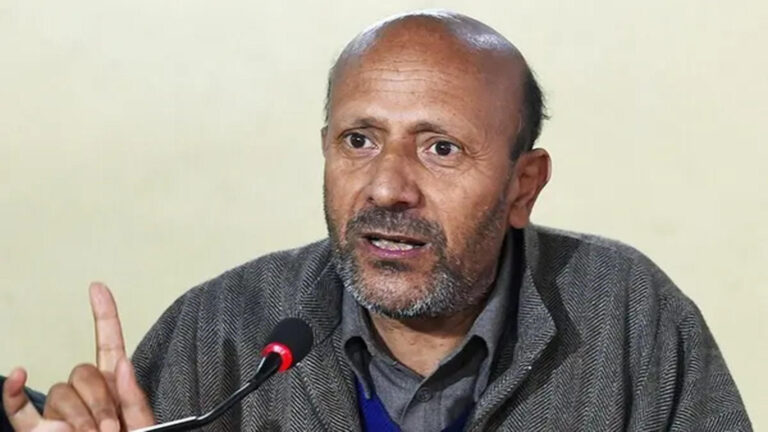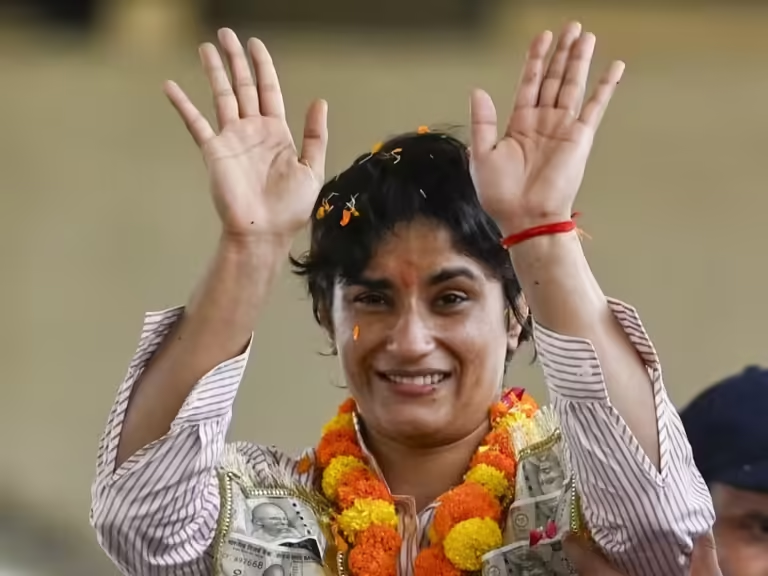‘Highly objectionable’: Supreme Court pulls up Patna HC observation on widow in murder case.
The Supreme Court expressed strong disapproval on Wednesday regarding a statement made by the Patna High Court in a 1985 murder case, deeming it highly inappropriate.
The Court emphasized that such comments do not align with the sensitivity and impartiality that are expected from judicial proceedings.
This statement arose during the examination of appeals against a high court ruling related to the abduction and murder of a woman over an inherited property.
The high court had confirmed the convictions of five individuals involved in the case and overturned the acquittal of two others, who had previously been found not guilty by a trial court, subsequently sentencing them to life imprisonment, as reported by PTI.
Justices Bela M. Trivedi and Satish Chandra Sharma, who were part of the bench, highlighted that the high court had investigated whether the victim was living in the house from which she was allegedly taken.
The Supreme Court noted that the high court relied on testimonies from the victim’s maternal uncle, brother-in-law, and the investigating officer, concluding that the victim resided in that house.
The bench pointed out that the investigating officer had examined the premises, but only minimal evidence, such as some make-up items, was found to suggest the victim’s presence there. It was also acknowledged that another woman, a widow, lived in the same part of the house.
The Supreme Court criticized the high court’s assertion that the make-up items could not belong to the widow, stating, “there was no need for her to put on make-up, being a widow.”
The Supreme Court deemed this remark not only legally indefensible but also highly objectionable. The bench stated, “In our opinion, the observation of the high court is not only legally untenable but also highly objectionable. A sweeping observation of this nature is not commensurate with the sensitivity and neutrality expected from a court of law, especially when it is not supported by any evidence on record.”
The court also stated that the existence of make-up items does not serve as conclusive evidence that the victim resided in the house.
“The connection of the make-up items to the deceased was established through reasoning that is entirely inadequate and lacks supporting evidence,” the bench remarked.
Additionally, no other personal effects belonging to the deceased were discovered in the residence.
The bench highlighted that the victim passed away in August 1985 in the Munger district, and her brother-in-law filed a report indicating that she had been abducted by seven individuals from their home.
It was noted that an FIR was registered, followed by a charge sheet against the seven accused, as reported by PTI.
The trial court subsequently convicted five of the accused for various offenses, including murder, while the remaining two were acquitted of all charges, the report indicated.
In its ruling, the supreme court emphasized that there was no direct evidence available to substantiate the claim of murder by the accused individuals.
With contributions from PTI.






